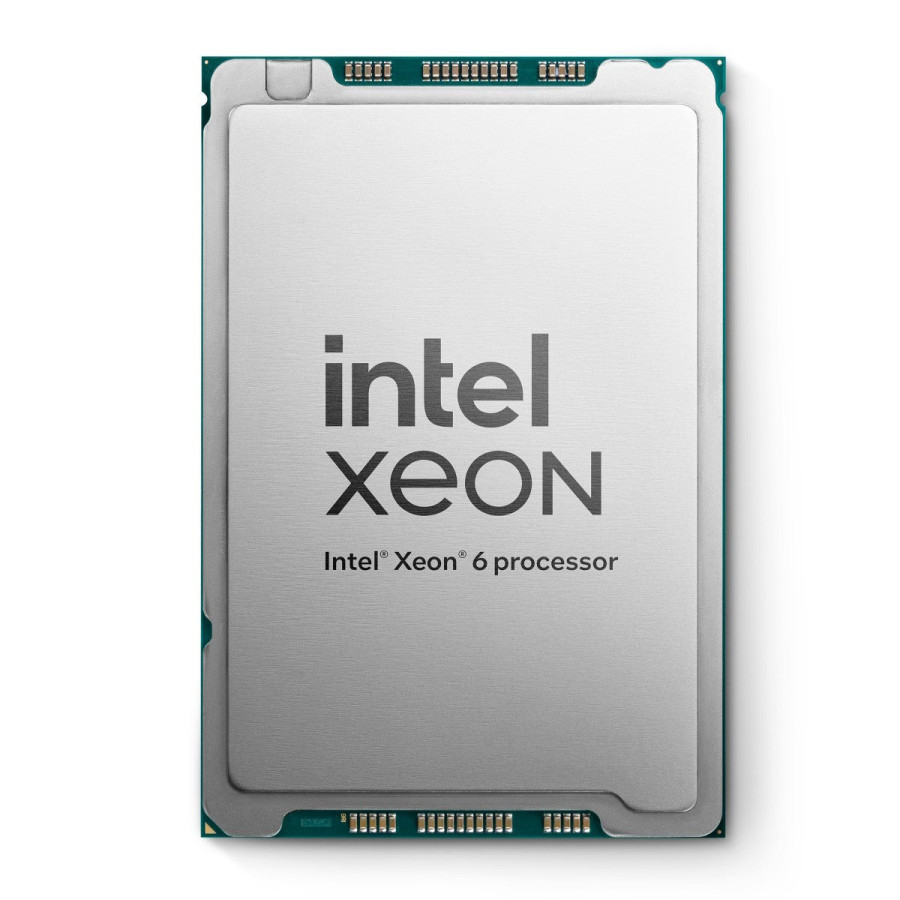
INTEL® XEON® 6 GRANITE RAPIDS – SCALABLE PROCESSORS
Engineered for Modern Workloads, Optimized for the Data Center
The new Intel® Xeon® 6 processors are purpose-built to meet today’s demanding performance, efficiency, and power density needs. Intel’s versatile Performance-cores (P-cores) are optimized for a wide range of applications, including AI, HPC, and advanced analytics.
With up to 128 P-cores, support for 12 memory channels, and integrated accelerators like Intel® QAT, DSA, and IAA, Xeon 6 enables next-gen compute with better performance, lower TCO, and greater workload flexibility — all on a unified platform architecture that simplifies deployment across hybrid data center environments.
A Versatile Lineup, Purpose-Built for Performance and Efficiency
Intel Xeon 6 processors feature a modular x86 architecture, allowing for tailored configurations across private, public, and hybrid cloud environments. Available in multiple series, they deliver up to 2x better performance than their predecessors, with enhanced AI acceleration, improved memory bandwidth, and up to 128 cores per socket. These processors are optimized for diverse workloads, including AI, HPC, and cloud applications, offering unmatched versatility and efficiency. With advanced support for DDR5 memory and Intel AMX, Xeon 6 sets a new standard for data center performance.
Intel Xeon 6 processors with P-cores deliver up to
1.5x
better inference performance with 33% fewer cores compared to AMD EPYC 9755.1
Intel Xeon 6 processors with P-cores deliver up to
2x
better AI inference performance compared to AMD EPYC 9755.
Intel Xeon 6 with P-cores deliver
5:1
average server consolidation vs. 2nd Gen Intel Xeon.
The processor designed for AI
AI continues to redefine how businesses operate, creating efficiencies and unlocking new possibilities with cutting-edge models for language processing, image generation, and more.
Intel® Xeon® 6 processors take AI performance to the next level with AI acceleration in every core, featuring built-in technologies like Intel® Advanced Matrix Extensions (Intel® AMX) and support for FP16-trained models. Combined with faster DDR5 memory and up to 504 MB L3 cache, they deliver exceptional deep learning (DL) inference and training capabilities.
Experience up to 14x higher AI performance over previous generations and achieve greater energy efficiency with up to 2x better performance per watt compared to 5th Gen Intel Xeon processors. Designed for real-time large-language models with up to 20 billion parameters, Xeon 6 processors provide under-100ms token latency, ensuring seamless, responsive user experiences.
Intel® Accelerator Engines redefine performance
Transform your expectations for processor performance. Intel® Xeon® 6 processors redefine efficiency by integrating built-in accelerators and advanced AI capabilities to achieve superior performance without simply increasing core counts.
With innovations like Intel® Advanced Matrix Extensions (Intel® AMX) and optimized support for FP16 models, Xeon 6 processors deliver industry-leading performance per watt on demanding real-world workloads. This enables more efficient CPU utilization, reduced power consumption, and higher ROI, empowering businesses to enhance sustainability while meeting their performance goals.
Enhance Targeted Workloads Optimized for P-Cores
Intel® Xeon® 6 processors with P-cores are a game-changer for IT leaders managing compute-heavy workloads like AI, high-performance computing (HPC), and relational databases. Enhanced compatibility with MRDIMM memory addresses memory access bottlenecks, making them ideal for memory-intensive applications such as in-memory databases and large language models (LLMs) with substantial memory demands.
Accelerate AI Workflows and Stay Ahead
With powerful matrix engines, enhanced cores, and increased memory bandwidth, Intel® Xeon® 6 processors with P-cores provide the computational muscle needed for inferencing, fine-tuning, and retrieval-augmented generation (RAG) in small to midsize generative AI models. Mainstream deep learning frameworks like TensorFlow and PyTorch already come optimized for Intel Xeon processors, ensuring seamless integration for AI workloads.
Streamline Complex HPC Simulations
Intel® Xeon® 6 processors with P-cores, equipped with matrix engines and Intel® Advanced Vector Extensions 512 (Intel® AVX-512), are designed to accelerate the vector mathematics essential for scientific modeling. These processors power clusters that enhance 3D rendering, financial modeling, scientific research, and computer-aided engineering, enabling faster results in highly demanding computational environments.
Optimize Infrastructure and Storage with Hybrid Cores
The shared hardware platform of P-cores and E-cores allows organizations to blend systems that manage a wide range of workloads while optimizing power consumption and complying with data sovereignty requirements. P-cores handle intensive applications like business analytics, while E-cores efficiently manage lower-priority tasks such as backups and updates, ensuring versatile and efficient infrastructure management.
Enhance Edge Productivity and Minimize Latency
Deliver rapid insights at the edge with the compute power of Intel® Xeon® 6 processors, which support advanced AI models and manage data from thousands of IoT devices. Single-socket configurations offering up to 136 PCIe lanes help consolidate hardware, maximizing efficiency in compact deployments and enabling faster responses for end users and devices.
Elevate Database Performance and Analytics
Intel® Xeon® 6 processors leverage advanced vector engines to handle SIMD-intensive workloads common in analytics and database management. With exceptionally low-latency cache and accelerators like Intel® QAT, these processors minimize resource contention and accelerate the processing of complex data types, maintaining fast, responsive analytics for growing relational databases.
Our Value
Decades of successful HPC deployments across multiple industries.
Architected For You
As a leading HPC provider, Aspen Systems offers a standardized build and package selection that follows HPC best practices. However, unlike some other HPC vendors, we also provide you the opportunity to customize your cluster hardware and software with options and capabilities tuned to your specific needs and your environment. This is a more complex process than simply providing you a “canned” cluster, which might or might not best fit your needs. Many customers value us for our flexibility and engineering expertise, coming back again and again for upgrades to existing clusters or new clusters which mirror their current optimized solutions. Other customers value our standard cluster configuration to serve their HPC computing needs and purchase that option from us repeatedly. Call an Aspen Systems sales engineer today if you wish to procure a custom-built cluster built to your specifications.
Solutions Ready To Go
Aspen Systems typically ships clusters to our customers as complete turn-key solutions, including full remote testing by you before the cluster is shipped. All a customer will need to do is unpack the racks, roll them into place, connect power and networking, and begin computing. Of course, our involvement doesn’t end when the system is delivered.
True Expertise
With decades of experience in the high-performance computing industry, Aspen Systems is uniquely qualified to provide unparalleled systems, infrastructure, and management support tailored to your unique needs. Built to the highest quality, customized to your needs, and fully integrated, our clusters provide many years of trouble-free computing for customers all over the world. We can handle all aspects of your HPC needs, including facility design or upgrades, supplemental cooling, power management, remote access solutions, software optimization, and many additional managed services.
Passionate Support, People Who Care
Aspen Systems offers industry-leading support options. Our Standard Service Package is free of charge to every customer. We offer additional support packages, such as our future-proofing Flex Service or our fully managed Total Service package, along with many additional Add-on services! With our On-site services, we can come to you to fully integrate your new cluster into your existing infrastructure or perform other upgrades and changes you require. We also offer standard and custom Training packages for your administrators and your end-users or even informal customized, one-on-one assistance.
Shop Now
Aspen Products Featuring Intel® Xeon® Scalable processors
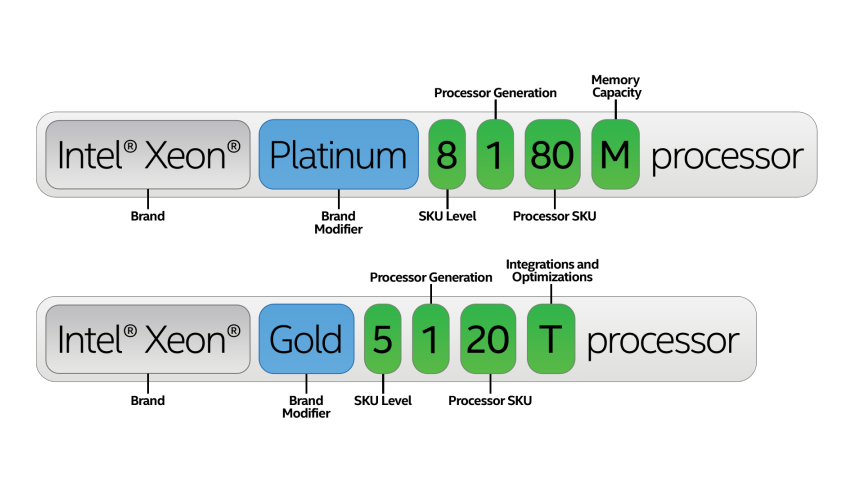
Understanding Processor SKU Numbers
Processor numbers for Intel® Xeon® Scalable processors use an alphanumeric scheme based on performance, features, and processor generation following the brand and its modifier. The first digit in the four-number sequence indicated the performance and feature level, the second indicated the processor generation, and the next two are SKU numbers. Where applicable, either one or two alpha suffixes appear at the end of the processor name, which indicate integrations and optimizations and memory capacity.
Component Upgrade Table
Looking to upgrade? Select your current processor from the list below to compare them to current-generation models.
|
|
|
|
|
|
*The estimated results are provided for informational use only. Only your workloads in a real world performance test can provide accurate results. Many other factors may influence your application including but not limited to, memory, HDD, SSD, operating system, BIOS setting, software configuration. All information here is subject to change without notice. *TDP=Thermal Design Power
*The estimated results are provided for informational use only. Only your workloads in a real world performance test can provide accurate results. Many other factors may influence your application including but not limited to, memory, HDD, SSD, operating system, BIOS setting, software configuration. All information here is subject to change without notice.
*Processors with an “R” at the end of the SKU denote “Refresh” processors.
*TDP=Thermal Design Power
*RCP=Retail Consumer Price
INTEL® XEON® P-CORE PROCESSOR
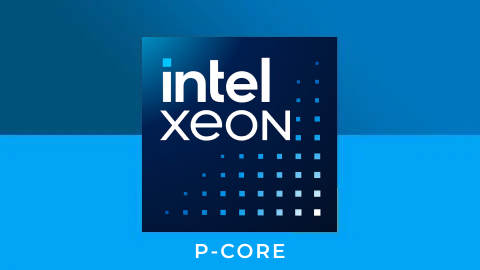
Intel® Xeon® 6900P Series processors, codenamed “Granite Rapids,” are engineered to power the next generation of data centers with exceptional performance and scalability. Featuring up to 128 high-performance “Redwood Cove” P-cores, these processors are tailored for demanding workloads, including advanced data analytics, artificial intelligence, high-performance computing, and complex multi-cloud environments. The Xeon 6900P Series supports 12 channels of DDR5 memory and offers 96 PCIe 5.0 lanes, ensuring high memory bandwidth and extensive connectivity. With a focus on energy efficiency and robust processing capabilities, the Granite Rapids processors are designed to meet the evolving demands of modern data centers.
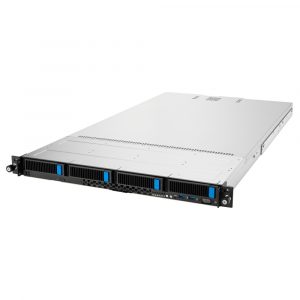 ASUS
ASUS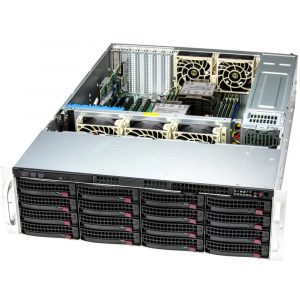 SuperMicro
SuperMicro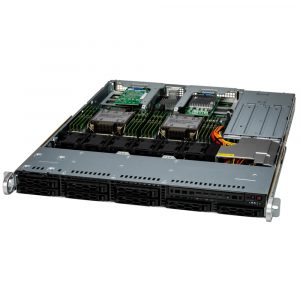 Supermicro
Supermicro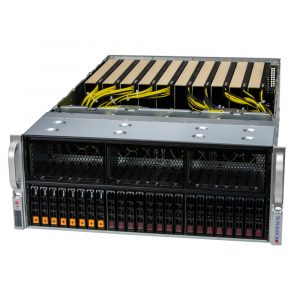 Supermicro
Supermicro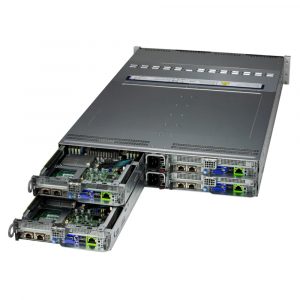 Supermicro
Supermicro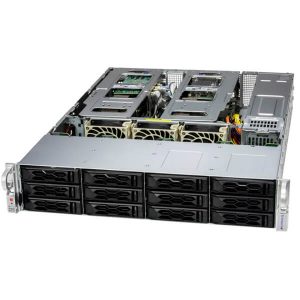 Supermicro
Supermicro Xeon P-series
Xeon P-series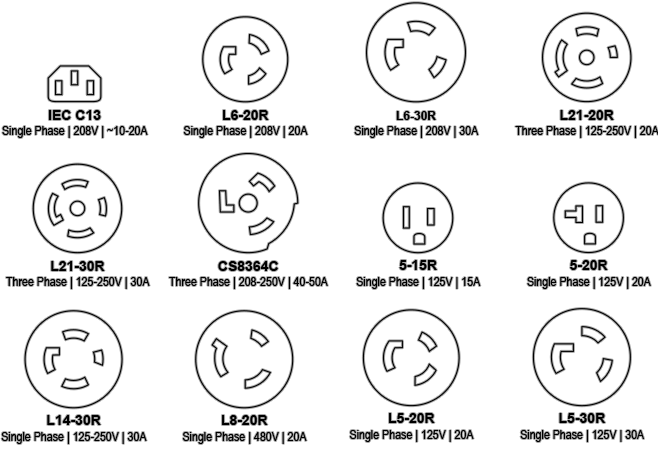 Cooling
Cooling